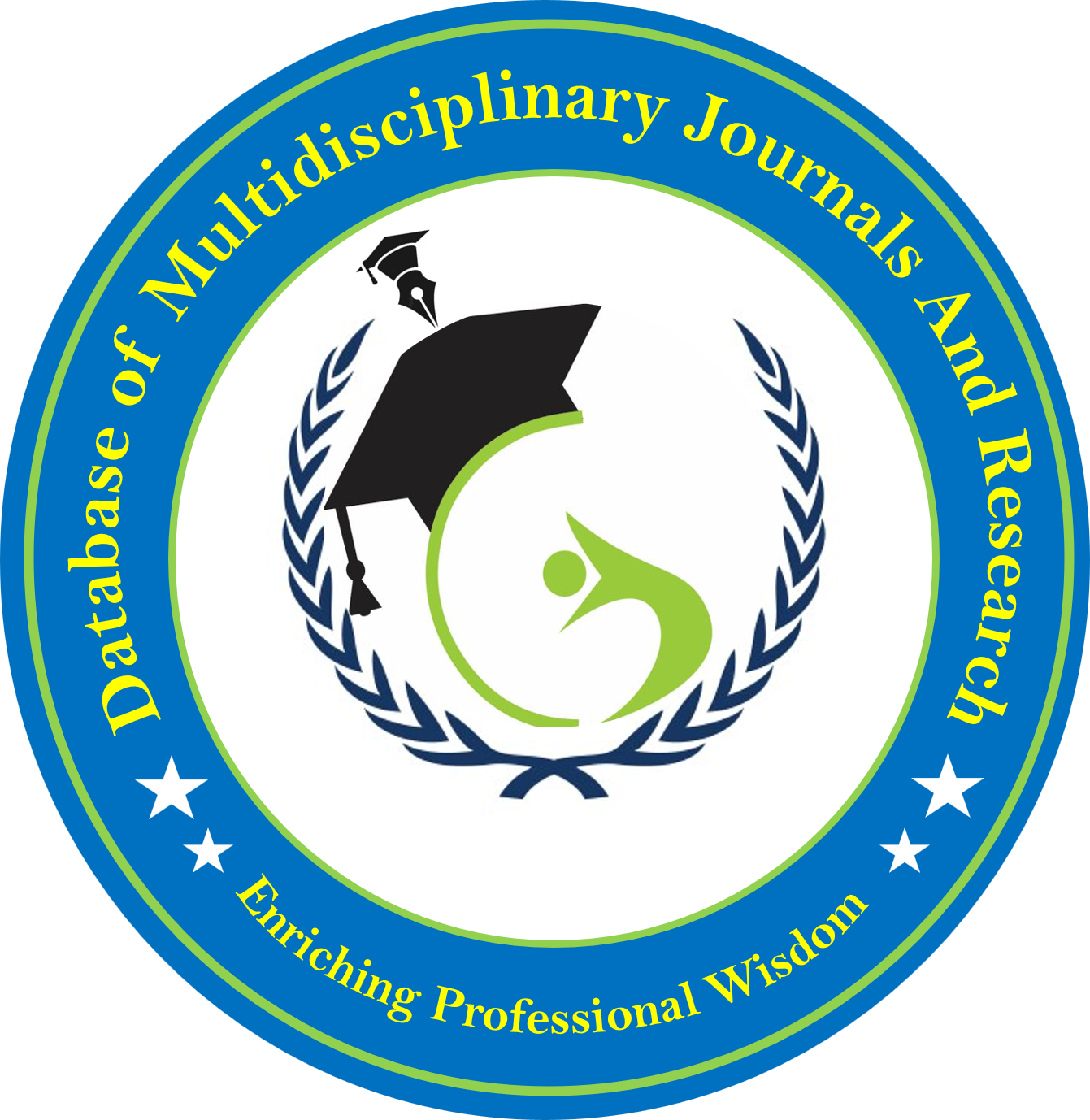Article Author: Hugo Puentes, Ezequiel Fonseca, Karen Ramos, Claudio A. Carafini Roxana Fiant
The Central Valley of Catamarca stands out as one of the most captivating archaeological landscapes in Argentina, where millennia of pre-Hispanic history converge into a continuous narrative of cultural transformation. This paper offers an updated synthesis of human occupation in the region, spanning from the Formative Period (circa 400 BCE) to the Inca domination (1480–1536 CE), and reveals how this valley emerged as a focal point for technological innovation, social complexity, and political power in the Argentine Northwest. By analyzing archaeological evidence from emblematic sites such as Pueblo Perdido de la Quebrada, Pezuña de Buey, and the recently discovered Inca terracing systems of Quebrada del Tala, we unravel the history of societies that evolved from small agrarian villages into complex ceremonial centers, ultimately integrating into the largest empire of pre-Columbian America: Tawantinsuyu.
Keywords: Central Valley of Catamarca; Northwest Argentina Archaeology; Aguada Culture; Tawantinsuyu; Formative Period; Regional Developments
Article Review Status: Published
Pages: 23 - 30




